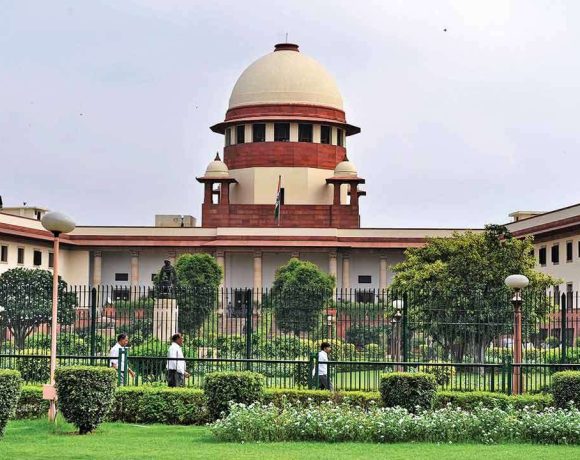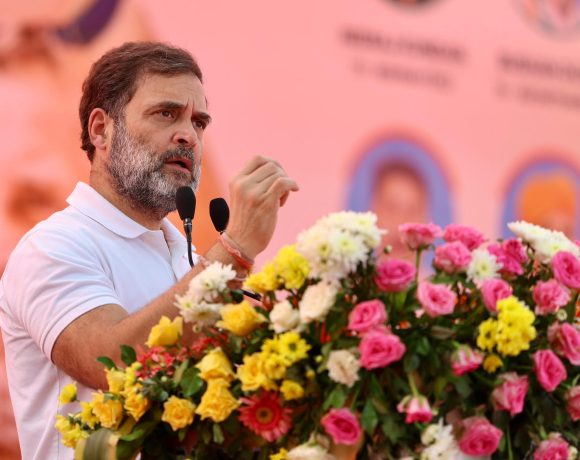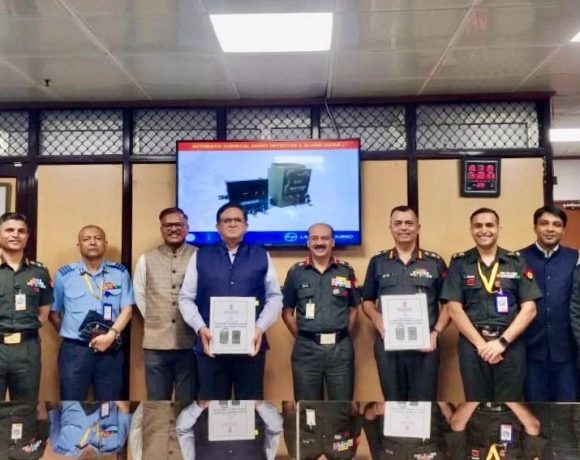
Air India Boeing 787 Crash in Ahmedabad May Trigger Unlimited Liability
The tragic crash of an Air India Boeing 787 Dreamliner in Ahmedabad has cast a long shadow over the country’s aviation sector, with major legal and financial implications now looming over both Air India and aircraft manufacturer Boeing. The crash, which claimed over 270 lives, including passengers, crew, and people on the ground, is now under intense investigation as international legal frameworks come into focus.
Crash Details and Investigation
The aircraft, registered as VT-ANB, crashed shortly after takeoff, plummeting into a medical college hostel. The flight had 242 people on board—230 passengers and 12 crew members—and struck the ground within seconds of an emergency mayday call from the cockpit. Only one person survived the crash. Authorities have recovered both the flight data recorder and cockpit voice recorder, and preliminary analysis is underway to examine possible causes, including engine power settings, flap angles, gear retraction, and pilot response.
The Directorate General of Civil Aviation (DGCA) has initiated a full audit of the Dreamliner fleet and maintenance logs. Global aviation experts, including specialists from the UK and US, are assisting with the technical investigation.
Human Impact and Emergency Response
The crash resulted in the deaths of 169 Indian nationals, alongside citizens from Canada, Portugal, and the UK. Dozens of students and staff at the hostel also perished. Rescue operations spanned several hours, with DNA identification of victims still in progress. Prime Minister Narendra Modi and Tata Group leadership have pledged full support to the families and called for a comprehensive safety overhaul.
Insurance Fallout and Legal Exposure
Air India had raised its insurance coverage just weeks before the crash, from ₹750 crore to ₹850 crore. Despite this, the airline and Boeing now face potential unlimited liability under the Montreal Convention if found negligent. Legal experts suggest that if courts in jurisdictions like the UK accept claims, total compensation could far exceed insured limits, especially if claimants prove negligence or lapse in aircraft design, maintenance, or crew training.
Estimates suggest claims may cross $475 million, making it one of the costliest air disasters in Indian aviation history. The airline’s liability is also being examined for how quickly and effectively it coordinated emergency response and followed safety protocols.
Wider Implications for Aviation
This is the first fatal accident involving a Boeing 787 Dreamliner since its introduction, placing scrutiny on the model’s safety reputation. Though no systemic fault has yet been established, the incident has prompted the cancellation of at least eight international Air India flights, and multiple Dreamliners have been grounded for inspection. The DGCA’s interim report flagged supply chain gaps in critical spare parts and inconsistencies in maintenance planning.
The accident may lead to changes in international liability norms, impact Boeing’s credibility in overseas markets, and force airlines to re-evaluate operational risk management—especially for long-haul aircraft.
As investigations continue, the final report is expected to play a defining role in determining accountability and reshaping future safety practices in Indian and global aviation.


















